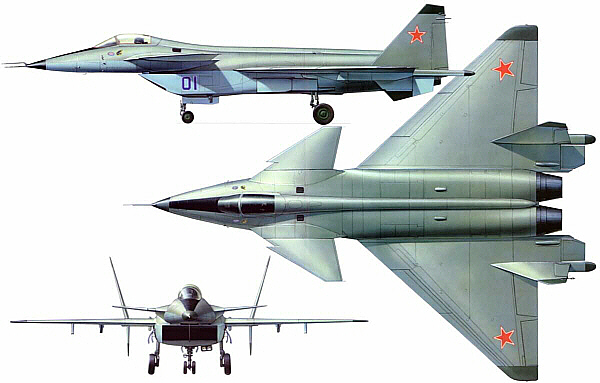
Sinon voilà d'autres images du J-20.



Oui la qualité est toujours aussi pourri...
Les systemes embarqués qui seront initialement installés sur le J20 ne seront surement pas encore au niveau US ou européen.... mais l'électronique ça se change. Si la cellule est saine (performances aero et electromagnetiques de haut niveau), l'avion ne peut que s'améliorer avec les progrès de l'industrie chinoise dans le domaine des systemes de combat. Vu la taille du bestiau, ils n'auront pas de probleme de place pour faire des upgrades.Kamov a écrit :C'est bien joli de montrer et de peut-être faire voler un avion qui ressemble au F-22 ou à tout autre avion de 5e génération, mais à l'intérieur qui a t-il? Moteurs, avionique, etc...





2 x 18 tonnes ou même 2 x 20 tonnes, c'est la poussée qu'il y a sur le F-22, non ?LighTning a écrit : Et il doit être très lourd aussi, les moteurs ont intérêt à pousser fort.^^"
Ils bossent sur un moteur spécifique pour le J-20 appelé WS-15, il parait qu'il a une poussée de 180kN avec PC..